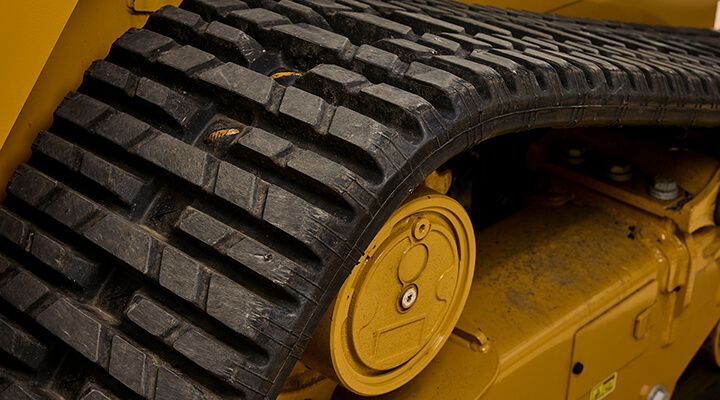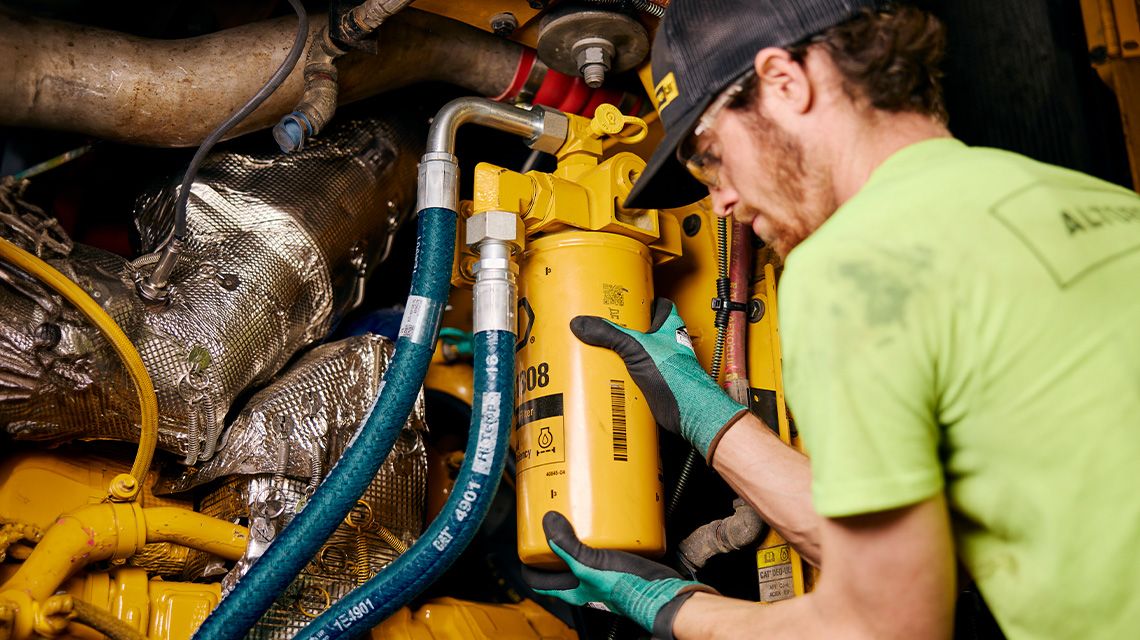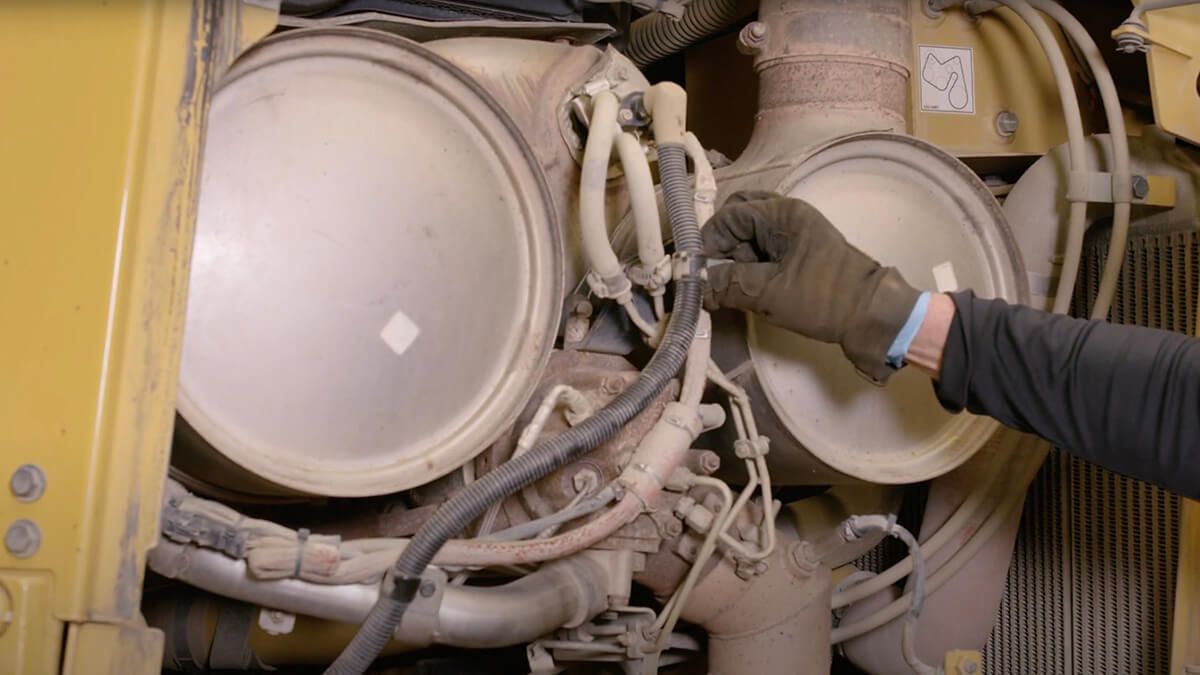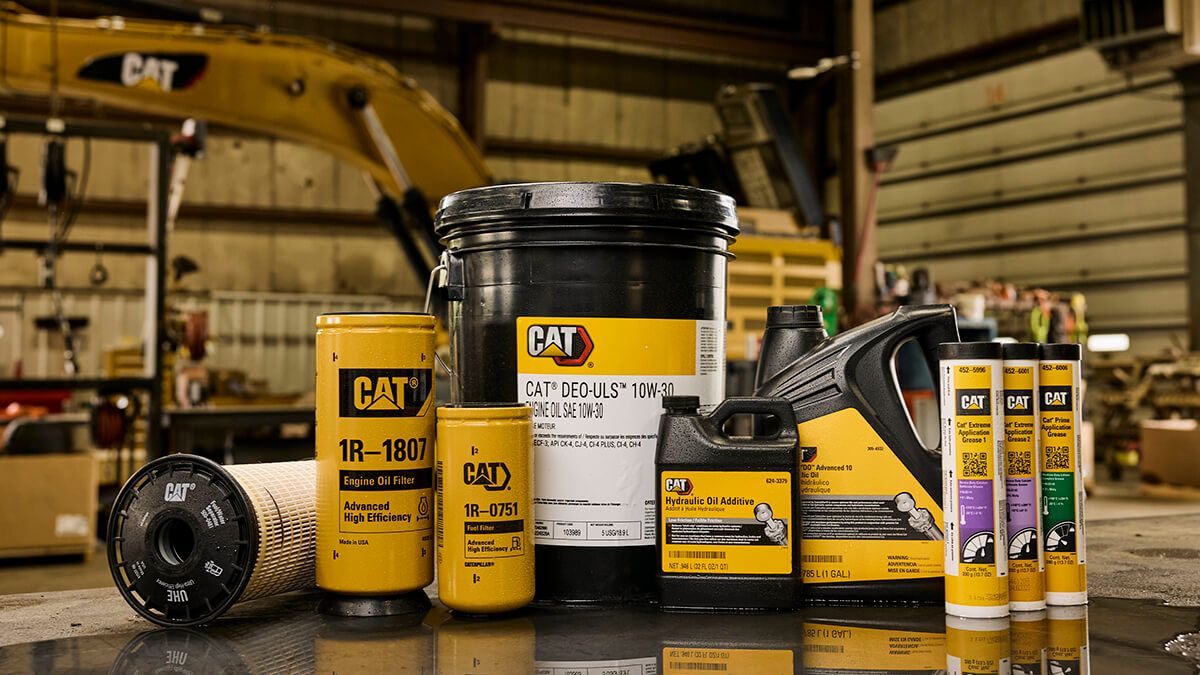If you already have an existing account with another Cat App, you can use the same account to sign in here.
One Account. All of Cat.
Your Caterpillar account is the single account you use to log in to select services and applications we offer. Shop for parts and machines online, manage your fleet, go mobile, and more.
Account Information
Site Settings
Security
How to Maintain Cat® Rubber Tracks
Estimated read time: 3 minutes
Caring for your equipment’s rubber tracks is essential to meeting jobsite targets. You’ll need to check your tracks as a part of daily maintenance. Although the track values vary by machine, you can find specific details for your equipment in your Operation and Maintenance Manual (OMM). You will be able to do this maintenance no matter what equipment you use.
Ready to learn more? Watch this video and read the written instructions below:
When inspecting your rubber tracks, make sure you park your machine on dry, level ground and lock out the hydraulic system. Lower implements and turn off the engine.
After your machine is ready for service, double-check that you have the personal protection equipment (PPE) on hand to stay safe. And if you need other items to complete this rubber track maintenance, consider purchasing Self-Service Options (SSO) or shopping on Parts.Cat.com.
Completing Daily Checks
Maintaining your rubber tracks daily and performing regular checks is the best way to keep your undercarriage in top shape. There are several visual indicators to keep an eye on:
Look for signs of damage, including deep cuts or abrasions.
Check for debris or packed mud on your tracks. This should be removed with a shovel or pressure washer.
Examine sprockets for damage or loose bolts. Also check the rollers and idlers for any leaks or uneven wear.
Keep an eye out for sagging tracks, especially if they’re hitting components during operation. If you notice this, you will need to measure track tension.

Measuring Track Tension
Although there are several visual cues to indicate rubber track wear, you will also need to measure the track tension and adjust when necessary to help maximize the life of your undercarriage. If your track tension is too tight, this can result in accelerated wear. And if your track tension is too loose, this could cause track derailing or the drive lugs to index or jump.
Before you measure the track, move the machine forward so any slack is on the bottom of the track. Make sure that you’re on level ground and the track is at least 2 inches — or 51 mm — above the ground.
Once you’re ready, measure the track sag at the middle track roller. You’ll want to measure the distance from the bottom of the roller to the inside top surface of the track. When you have a number, check your OMM for the proper specs for your machine model.
To adjust the track, remove the undercarriage access panel. Add grease to tighten the track. And if you need to loosen your track, release pressure using the adjustment valve. After you’ve completed these adjustments, measure again to make sure the track matches the specs from your OMM.
If you have further questions or need more support, don't hesitate to contact your Cat dealer.




